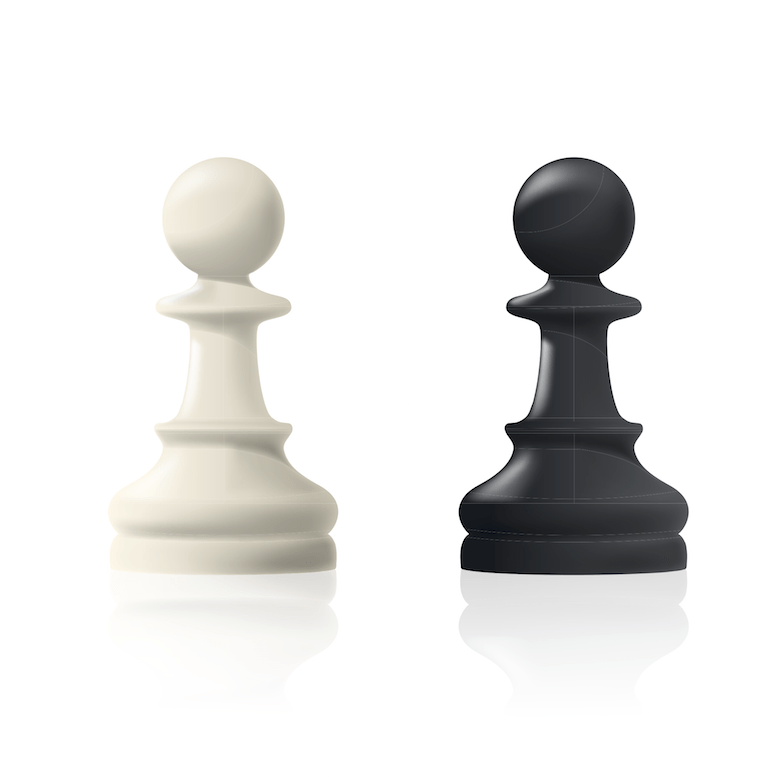
Can You Solve This Chess Mystery?
A Chess.com member asked:
After 1.c4 Nf6 2.g3 d5 3.Bg2 dxc4 5.d4 every chess engine tells me the best move for Black will be capturing en passant right away (which is why I never thought about playing d4 as White here). Still, in the databases Black refuses to capture the pawn in all games. What’s the matter here?
JS: Let's look at the position in question:
The position after 3...dxc4 (created by various move orders) has occurred many times with grandmasters and amateurs alike, and it’s still being used today. The most popular (and logical) responses (by far!) are 4.Qa4+ and 4.Na3. Lower-rated players (2300 and down) sometimes play 4.Nf3 but it’s rarely seen in the higher levels of the game. In any case, after 4.Nf3 White usually still plays Na3.
Of course, in blitz everything goes:
Now we can address 4.d4??, which is a horrible move.
Let’s give it a name. How about "The I want to lose gambit"?
Of the eight games I’ve seen with this position, with Black being very strong players (Black won seven and lost one), none of them played 4...cxd3 e.p.

So what’s going on?
You would think ALL of those titled players (Botvinnik was White and lost to Geller...Geller did not take en passant) would play 4...cxd3 e.p. Are we facing a HUGE mystery? Are we living in an alternative reality? Well, it’s clear that this is extremely confusing, BUT THERE IS A REASON FOR ALL THIS!
This might help:
CAN TAKE en passant
CANNOT TAKE en passant
Two identical positions, but one can take en passant, and the other can’t!
It’s clear that the End of Days is upon us!!! Run! Run and find safety!
 Okay, I’ve enjoyed this more than enough (and I admit, to my shame, that I was confused too when I saw the initial CAN TAKE position), so here’s the solution.
Okay, I’ve enjoyed this more than enough (and I admit, to my shame, that I was confused too when I saw the initial CAN TAKE position), so here’s the solution.
The CAN TAKE position and basic en passant rules:
Just in case a reader had trouble with en passant, here's another example:
So, after White’s five moves (1.c4 Nf6 2.g3 d5 3.Bg2 dxc4 5.d4), all the en passant rules work: White played 5.d2-d4 (using the two-move rule), Black’s c-pawn is on the White’s side, and 5...cxd3 en passant is legal and good.
The CANNOT TAKE en passant
Now look at how the same position was created: 1.d4 Nf6 2.g3 d5 3.c4 dxc4 4.Bg2
The mystery is solved and, in the future, we might be careful about identical positions that were created by a different move order.
The Chess.com member Anita2000 wrote:
I’d like to share a game with you I just played. It is one of those rare games that wasn’t decided by blunders (which still happens quite often on my level). It was actually decided by my time running out (which always happens to me in rapid games, but I just can’t stop trying to find the best move). But apart from my time trouble I still was a pawn down in the end and felt like I was losing here. Analyzing with the engines though, I was surprised my opponent and I made pretty good moves throughout the game. Actually both Black and White had, apart from three inaccuracies from Black and one (minor) mistake from White, mainly excellent rated moves! So I don’t really get where I lost the game...I felt like I wasn’t really able to build real pressure, what could have been a better strategy for Black here?
JS: Well, there were some blunders but they added to the overall thrills. The game is quite interesting and instructive. With that, and the fact that the Caro-Kann was (long ago) my favorite opening, makes this irresistible.
Thanks to Anita2000 for sharing this very exciting game. For much of the game, Anita2000 played extremely well, then time pressure hit and that was that.






